
The movie trailer for “Dungeons & Dragons: Honor Among Thieves” dropped last week, igniting a fervent online debate. The anger arose around whether a druid can transform into an owlbear, as depicted in the cinematic rendition of the world’s most popular roleplaying game. Yet there is one aspect of the debate that everybody missed, and it has nothing to do with the technicalities of the 5e rules, or the open minded “rule of cool” style of GMing.
It’s a question of how thematically important are defining monster types in your campaign world?
Can A Druid Wild Shape Into An owlbear?
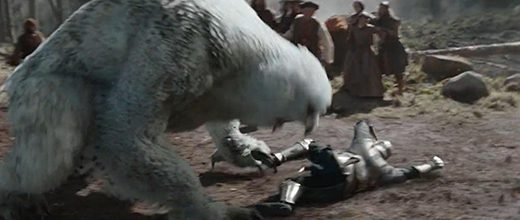
At least we can all agree the owlbear was kick-ass!
To briefly revisit the controversy, the druids Wild Shape class feature allows them to transform into beast type creatures. Typically, druids are not eligible to Wild Shape into owlbears because they are categorized as monstrosities in 5th Edition rules. The druid transforming into an owlbear in the “Honor Among Thieves” trailer broke not only this 5e rule, but the minds of respective fans.
After the movie trailer dropped, the race was on for eagle-eyed players to notice this discrepancy first on social media. The debate was fun to watch, and to be fair, I never witnessed anyone genuinely upset by the movie’s apparent mistake. Fans were simply having fun picking apart the trailer to spot the monsters and spells recognizable from 5e, and owlbear-gate happened to catch their eye.
Generally speaking, the consensus was that most GMs would make an exception to the ‘beast only’ aspect of Wild Shape if it meant the druid player was having fun. Alternatively, the GM might decide not to get too hung up on whether an owlbear is a beast or monstrosity in the first place.
But an indifference to monster types can be a disservice to the atmosphere and tangibility of your campaign world.
Defining A Monstrosity
First, we need to define a monstrosity.
The 5e Monster Manual describes monstrosities on page 7 as defying “categorization, and in some sense serve as a catch-all category for creatures that don’t fit into any other type.” This definition is terribly unsatisfying and feels more like an admission by the writer that nothing more definitive was thought up at the time.
Fortunately, the 5e Monster Manual also specifies that monstrosities are “frightening creatures that are not ordinary, not truly natural, and almost never benign. Some are the results of magical experimentation gone awry (such as owlbears) and others are the product of terrible curses.” A monstrosity is defined as a creature that is innately supernatural even within the context of its own campaign world.
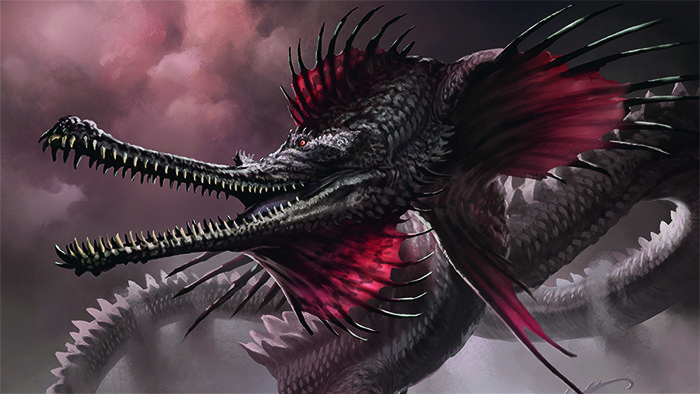
Artist: Brent Hollowell
Monstrosities should feel supernatural in some way when encountered by the player-characters. This is not limited to their appearance, either, but their behavior and the effect they have on the region they inhabit.
Monstrosities are likely to be scourges upon the lands in which they inhabit, incapable of existing entirely harmoniously as part of a natural ecosystem. They may become predators of other predators, damage the environment through overfeeding, leave behind strange clues such as withered corpses, or create other unexplainable phenomena of which no natural beast would be capable.
This is often how I hint to players that the creatures they’re hunting aren’t simple beasts that have preyed upon commoners like a pack of wolves. Ultimately, players might discover that the wolves have been slaughtered, discovering acid that has seared their pelts. Otherwise, perhaps there is no sound of birds in the region and the earth has been so displaced that entire rows of trees have collapsed. The supernatural could also be as innocuous as an elk statue placed randomly in the forest, followed not long after by an owl statuette still perched in a tree.
This is not to necessarily say that all monstrosities destroy their environment before moving on to a new one. A medusa may be able to create a permanent lair within a region, whether it’s a dingy cave, a crumbling ruin, or a grand palace. Yet they will still leave evidence of the supernatural within their environment such as detailed humanoid statues scattered close to their lair.
This is also not to say that all monstrosities are planer creatures who have arrived or invaded a region. The 5e Monster Manual description of monstrosities gives some examples of how they can be created, but there are many others that can be thought up as well. Perhaps phase spiders mutated their terrible abilities in a dark place where foul magic is strong.
Comparatively, beasts, which monstrosities often get conflated with, are organic parts of an ecosystem that don’t throw it off balance. In fact, beasts likely help maintain the natural balance of an environment, even as predators. Of course, beasts will still clash with humanoids when opportunity or instinct drives them, but they aren’t forces of supernatural conflict with their natural world.
To put it simply, beasts are part of their natural environment and though sometimes scary, rarely have deliberately malicious intent. Monstrosities are defined by their preternaturalness and the change they inflict on an environment.
Dire Wolves vs Winter Wolves
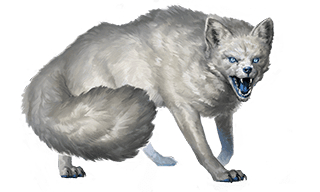
Artist: Anastassia Grigorieva
To use an example to highlight the differences between beasts and monstrosities, let’s compare dire wolves to winter wolves. The former are beasts, the latter monstrosities.
Dire wolves may not exist anymore in our own world, but as beasts they’re existence is totally natural within the fantasy world of a 5e campaign. This significantly influences how I would run dire wolves as a monster encounter in comparison to winter wolves.
Dire wolves would have a natural impact on their environment, hunting giant elk or wild horses but rarely conflicting with other predators unless over territory. They’re more likely to avoid the party than hunt them unless the pack is especially hungry. Their behavior would be as predictable as a normal wolf if the party found their tracks or heard their howls in the distance.
A pack of winter wolves by comparison might take down a giant elk but leave it uneaten, just for fun. Otherwise, they might pick off a pack of dire wolves instead of deer because they enjoy the challenge or simply for the means of malice. Winter wolves are not mere animals driven by instinct: they are figuratively and literally monstrosities.
This difference in behavior allows GMs to hint to their party, and particularly the monster hunters therein, that the creatures they’ve been hired to slay aren’t simply animals; rather they are hunting supernatural creatures. Such information may influence your party’s choices.
It’s also fun for players to be surprised by a hulking white wolf with bared teeth, who suddenly demonstrates the capacity to speak common. This otherworldly moment outside the players’ realm of expectations is exactly what separates monstrosities from beasts. Typically, monstrosities feel dangerous and unnerving in comparison to their bestial counterparts.
So, Can Druids Turn Into Owlbears? It Depends …
If defined monster types are thematically relevant to your campaign for capturing atmosphere and communicating information to player-characters, then it’s important to define if an owlbear is a natural part of the world or a monstrosity that conflicts with it.
If your owlbears are classified as beasts, as many GMs appear to treat them, there’s probably no need to continue the discussion. Druids in your campaign can turn into owlbears. But if owlbears are monstrosities, are they a power your druids would even want to draw upon if they could?
Do your druids draw magic purely from the natural world?
If owlbears are monstrosities and druids draw on the power of the natural world to defend it, then druids should not be capable of turning into owlbears. This is because a druid would want to protect the natural world from the exact chaotic evil than an owlbear would signify as a monstrosity.
If owlbears are monstrosities and druids can Wild Shape into them, then druids are perhaps closer to wizards or sorcerers who manipulate magic to bend the natural world to their whim. But they’re also conservationists and enjoy the odd bit of camping.
Why Do Defined Monster Types Matter?
Defining the creature type for owlbears may not be the most important thing in a 5e campaign where you’d rather just say ‘yes’ to facilitate a player’s fun. The answer to owlbear-gate is whatever works best for your group. Not every campaign needs to get bogged down in the semantics of the themes of a fantasy world any more than the mechanics of a rules system.
For me, part of the fun in playing 5e is creating and exploring a fantasy world robust with ‘natural laws’ like strict monster types that serve an atmosphere or theme. Beasts and monstrosities should feel different when encountered in game.
If an owlbear is a beast, that should change how the GM plans and presents an encounter with that monster, which is entirely different to how it would be encountered if an owlbear is a monstrosity. This difference should feel as tangible as the contrast between encountering fey, undead, or aberrations.
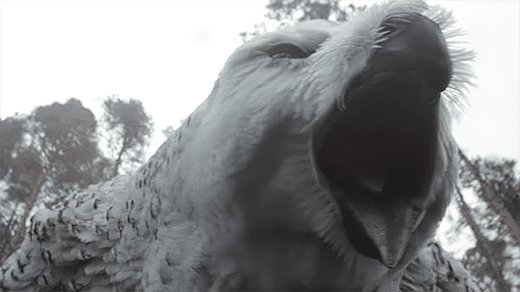
Don’t mess with an owlbear!
Additionally, player-characters should be able to make choices based upon the creature type of the monsters which they interact with. Indeed, just as a cleric is repulsed by undead, a druid may be repulsed by aberrations or monstrosities. A monster hunter will choose to specialize in hunting certain types of foes; their creature type possibly tied into the character’s backstory. Perhaps a paladin’s clash with a frightening creature changes course when their divine sense informs the paladin that they are standing before a celestial.
If creature type is something important to your campaign world, and ideally it should be, then the GM and player should discuss when they want to make exceptions like the owlbear becoming a Wild Shape option. A compromise can likely be reached that maintains both the player’s enjoyment of the game and the atmosphere of the GMs thematic fantasy world.
This compromise could simply be that owlbears are beasts now in this campaign and not monstrosities. Maybe this player’s druid is the only one capable of Wild Shaping into monstrosities, which is what makes them unique and an interesting protagonist for the campaign. If the druid is a tiefling, maybe their infernal heritage has corrupted their mastery of the natural world to allow monstrosity wild shaping?
Oh, wow! I think I just solved the owlbear mystery of the “Dungeons & Dragons: Honor Among Thieves” movie.

![Grim Hollow: The Player's Guide [PDF]](https://b2358178.smushcdn.com/2358178/wp-content/uploads/2021/02/Grim-Hollow-players-Guide-PDF-600x600.jpg?lossy=1&strip=1&webp=1)
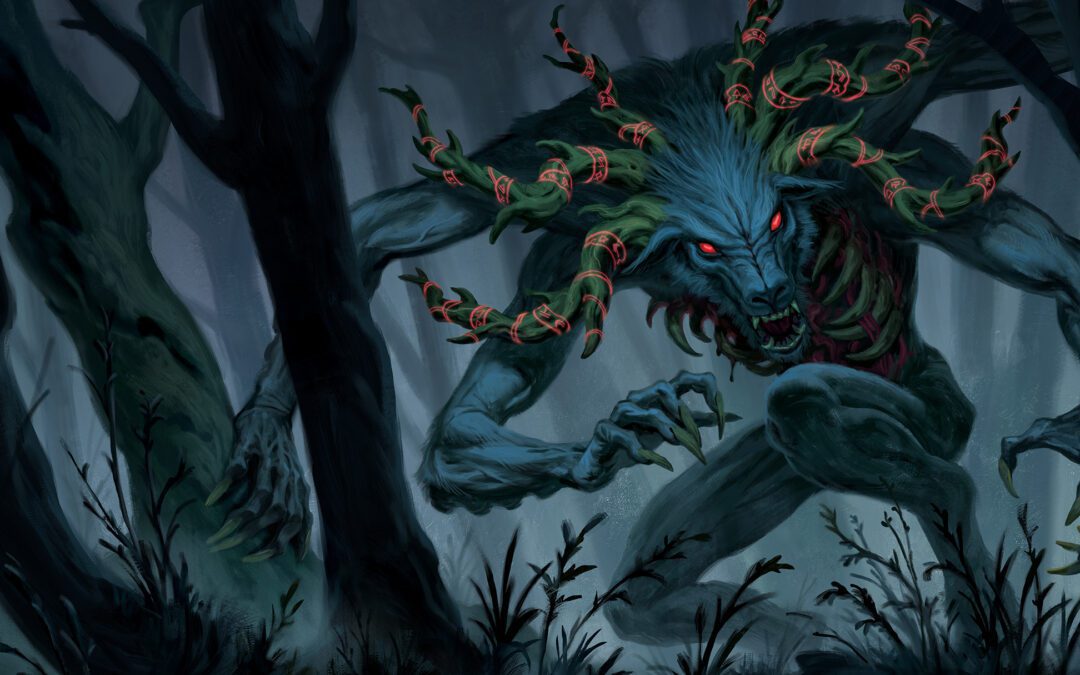
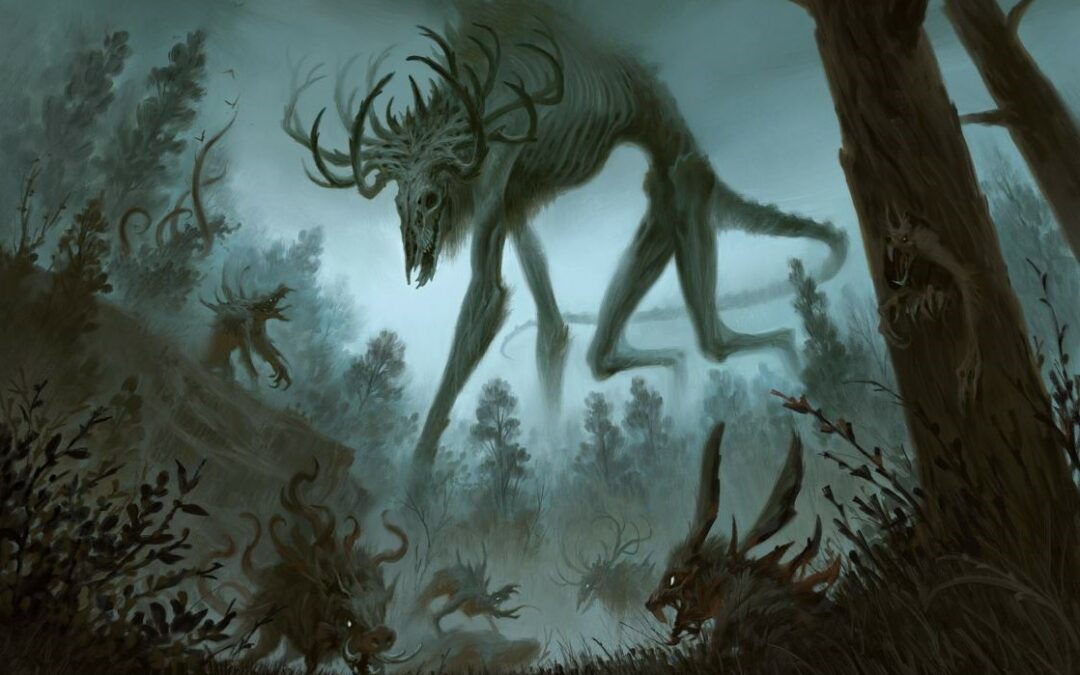
I think of it as something that may be a bit more fluid, given time. I am running a Grim Hollow campaign currently set in the Burach Empire, and I personally view Owlbears as Beasts that were once Monstrosities, but adapted to the world and earned those instincts they lacked before in order to survive.
this literally answers everything: https://www.youtube.com/watch?v=uPO2oCnmPPA
alot of classes are getting overhauled including changes to druids and their wildshape form. which the movies and games have adapted too, this will make the druid more fun to play and also powerful when played right with the correct element attached.